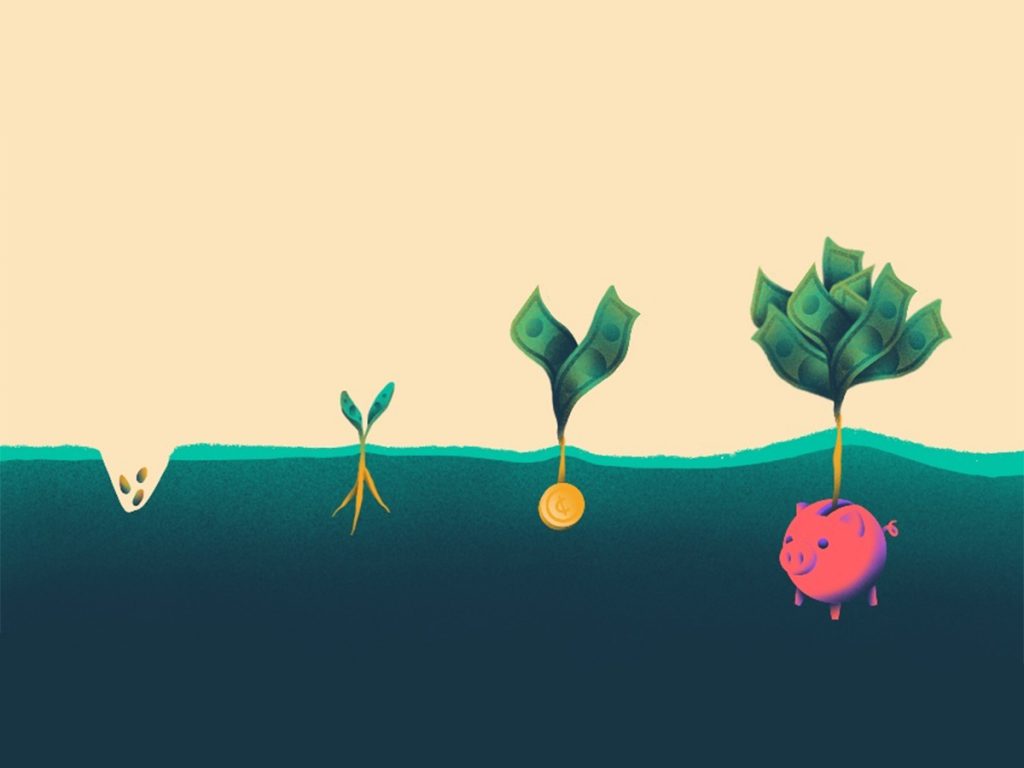
As a business leader, you know a company’s life cycle passes through various stages right from the idea generation stage to generating funds through a series of seed rounds and finally making a successful exit through an IPO, acquisition, or liquidation.
One key decision that business leaders face is whether to seek out seed funding at an early stage or wait until they reach a later stage. While the terms clearly describe the phases in terms of chronological order, Coffeemug.ai has listed out some of the important characteristics of these funding stages and what they signify for investors.
What is seed funding?
Seed funding is when an individual or group of individuals provides capital in the form of cash or other assets to a startup business in return for equity. The seed funding startup India is meant to help early-stage companies get off the ground,and can be used to cover initial expenses such as product research, hiring employees, building your website, purchasing equipment, etc.
These costs are fixed but will also continue over time, so you need a steady stream of revenue coming in that matches or exceeds these costs. It takes some time, usually 3 to 5 years, before a company begins turning a profit with additional seed funding. If you are unable to generate enough cash flow within that time frame, then it’s unlikely that seed funding startups will be successful.
What is early stage funding?
Early stage startup funding in India usually involves companies that have a prototype or service model that has been tested, as well as a business plan. Although the company may be producing income in its early stages, it may not yet be profitable.
Accelerators, angel investors, and seed stage venture capitalists (VCs) are common early stage investors who offer unique business insights to help young startups gain traction.
What is late-stage funding?
At a late-stage company, a business has been in operation for several years and is showing signs of consistent revenue growth. The company may have already secured venture capital or angel investments at this point, but additional funding from the founders, management team members, and other private sources still comes in despite having reached profitability. This type of funding usually occurs around 4 to 7 years into the business’ lifespan.
Early stage vs late stage vs seed funding
There are a few key differences between early stage vs late stage and seed funding. The most important distinction is that seed funding is designed to help a company get off the ground, while later stage funding is meant to help a company grow.
- Dilution
Another difference is that early stage funding is typically more dilutive, while late stage funding is less so. For an entrepreneur, dilution means that they will be required to give up more of their company in exchange for funding than they would during an early-stage investment round. If you want your business to retain as much equity as possible, it is in your best interest to start with early stage funding.
- Potential rewards
Furthermore, early stage investors are looking for a higher return on their investment, while later stage investors are looking for stability. On average, early stage investments could take ten years to exit, or even longer if the company needs to go public or plans an acquisition. Late-stage investors are looking for a return on their investment, and they use their expertise to help the company flourish or prepare for an IPO.
- Risk involved
Yet another prime difference between early stage vs late stage funding is that the latter occurs after a company has already begun to take shape. Generally, companies will receive early-stage funding during their first year of existence, while they will start receiving later-stage funding once they have reached profitability or are on the verge of doing so.
This makes sense, because earlier-stage investments are riskier and require less evidence that a company can actually succeed in order for an investor to feel comfortable taking the plunge.
How does Coffeemug.ai help in finding the right investment?
Coffeemug.ai is an AI-based online networking platform focused on helping young entrepreneurs have access to new markets, clients, and consumers, as well as capital and other resources to help them build and grow their company. If you wish to learn more about early stage startup funding in India or would like to collaborate with an early stage venture capital firm, visit our website today.
FAQs
Q. Is the seed stage considered an early stage?
A. Early stage business models often include collecting market data and finalizing your product or services. This is also sometimes called the early seed stage and entails securing sufficient funds for product development.
Q. What happens in the seed stage?
A. Once the startup has surpassed the concept stage, entrepreneurs move ahead to forming the company and developing the idea.
Q. What are the challenges of the seed stage?
A. The biggest problem that seed stage businesses have in obtaining traction is acquiring market acceptability and focusing on a single niche opportunity. Because money and time are limited, they should be used to their full potential.
Q. Should I join a seed stage startup?
A. If financial gain is more important to you than financial stability, you should consider starting your own business or joining a seed-stage startup. There is often risk involved in joining a seed-stage startup, but they also promise higher profits.
